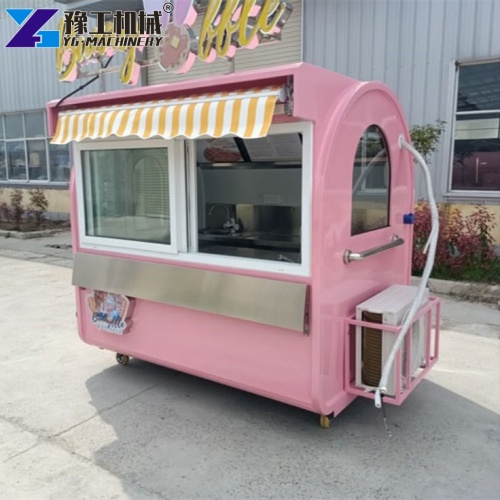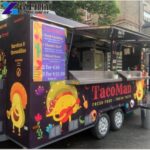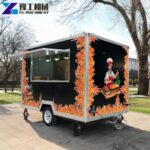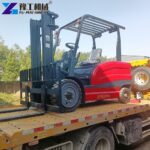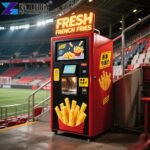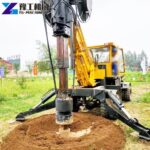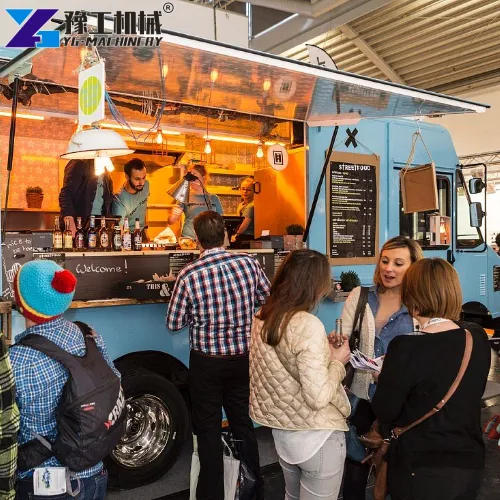
With the growing popularity of street food culture, retro food trailer have become an attractive option for many entrepreneurs. Starting a mobile food truck business might feel a bit overwhelming for newcomers, but with the right approach, you can kick off your food truck journey successfully. This beginner’s guide is here to take you through the key steps to launch your mobile food truck business.
Step 1: Choose the Right Food Truck
Choosing the right food truck is the first crucial step in your journey. There are various options available in the market, but if you’re fond of vintage designs, a retro food trailer might be a great choice. These trailers not only attract customers with their appealing aesthetics but also feature well-organized interiors, making them suitable for long hours of operation. You can customize the kitchen equipment based on your menu needs, including stoves, fryers, refrigerators, and efficient ventilation systems, ensuring food safety and cleanliness.
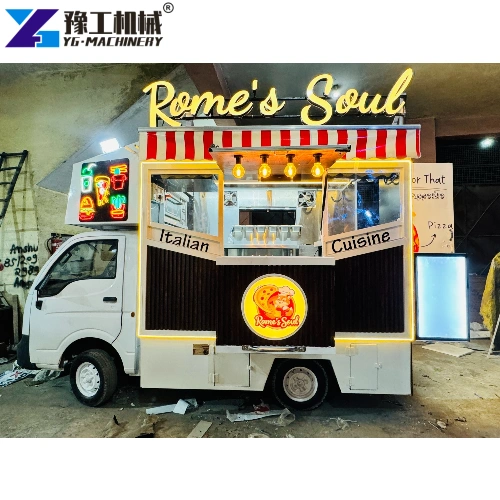
Step 2: Select the Right Equipment and Layout
Once you have selected a suitable retro food trailer, the next step is to focus on the internal equipment and layout. Quality food truck builders, like YG Fast Food Trucks, offer a wide range of kitchen equipment such as refrigerators, ovens, worktables, and more, to help you better prepare and serve food. An optimized layout can really boost work efficiency. Designating distinct zones for cooking, prepping, and ordering helps minimize congestion and enhance the customer experience. It’s all about streamlining the workflow and making things run as smoothly as possible.
Retro Food Trailer Parameter:
| Size | 4100x1800x2370mm |
| Body | The wall frame is welded by square tubes, thickness is 7cm the middle layer is with 6cm fire insulation thermal-protective |
| Materials | Fiberglass, Color Plate, Stainless Steel |
| Color | The color can be customized and any color is free |
| Battery | lithium battery,60v(5pis battery) |
| Floor | Aluminum plate with drain, easy to clean up |
| Standard configuration | Water sinks, stainless steel workbench, cabinets, lamp, floor, control switch, sockets, floor drain |
| Brake system | mechanical brake and hand brake, meet safety standards |
| Water system | Double sinks with hot and cold water, a freshwater tank, a waste water tank |
| Electric system | outside full sets of tail light system, inside LED light, cable socket, and switch circuit breaker based on global standard. |
| Optional equipment | led light, AC, cashier desk, multifunctional gas stove, fryer, griddle, grill, oven, coffee machine, display cabinet, Ice cream machine, etc. |
| Certificate | Our all products obtained CE authorization and quality assurance. |
Step 3: Obtain Licenses and Permits
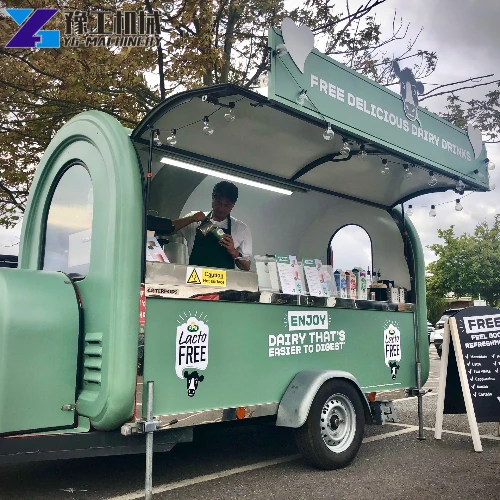
Alright, so you’ve got your food truck and equipment all set up – that’s awesome! But before you hit the road, don’t forget to take care of those pesky licenses and permits. Depending on where you’re operating, you might need specific business permits, health certifications, and other approvals. Make sure your food truck is up to code with all the local regulations – that’s crucial for keeping your business running smoothly in the long run. Trust me, you don’t want any surprises down the line!
Step 4: Marketing and Brand Building
Just having an awesome food truck isn’t enough to guarantee customers will flock to you. You really need to roll out a solid marketing strategy to draw them in. Make the most of social media to let folks know where your food truck is parked, what’s on the menu, and any special dishes you’re serving up—this will really help get the word out. Plus, don’t forget to craft a unique brand identity with eye-catching colors and logos that make your food truck pop in a busy crowd.
Step 5: Pricing and Cost Control
Pricing plays a crucial role in the success of your food truck business. When you’re figuring out your prices, it’s important to take into account your food costs, operating expenses, labor, and the profit margins you aim for. A well-thought-out pricing strategy can not only draw in customers but also help you maintain steady profits. For initial investment in a mobile food cart, you can compare the fast food cart price to choose equipment that fits your budget.
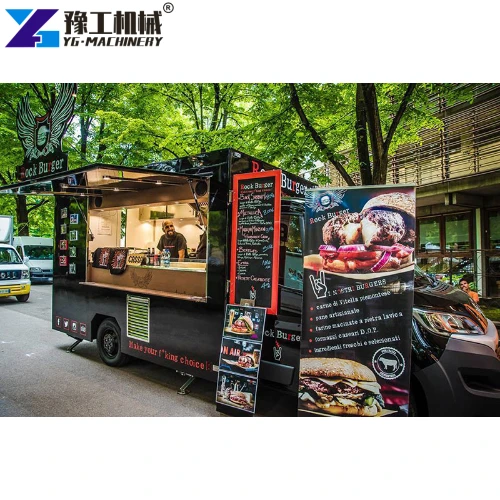
By following these steps, you can easily start a successful mobile food truck business. Whether you opt for a retro food trailer or a modern fast food van, it’s crucial to ensure your equipment is of high quality and that your operations run smoothly. This will help you stand out in a competitive market.
If you’re interested in purchasing a high-quality food truck or need customization services, feel free to contact YG Fast Food Trucks for comprehensive mobile food truck solutions.




